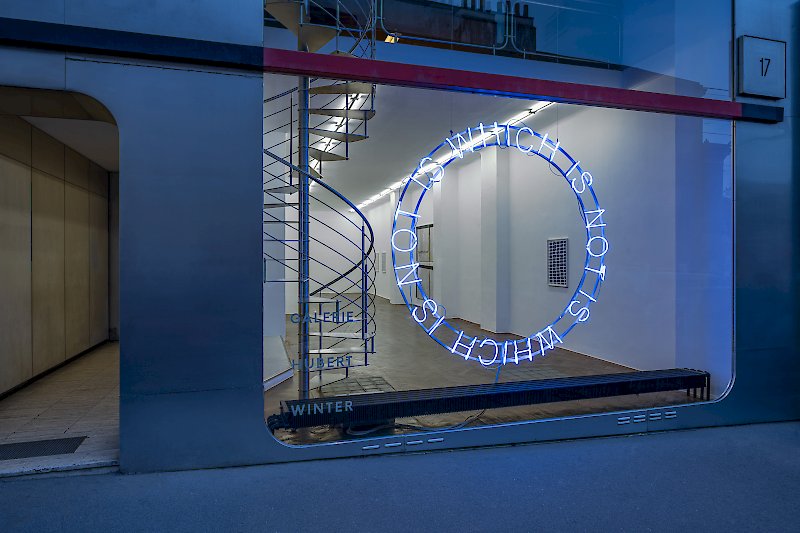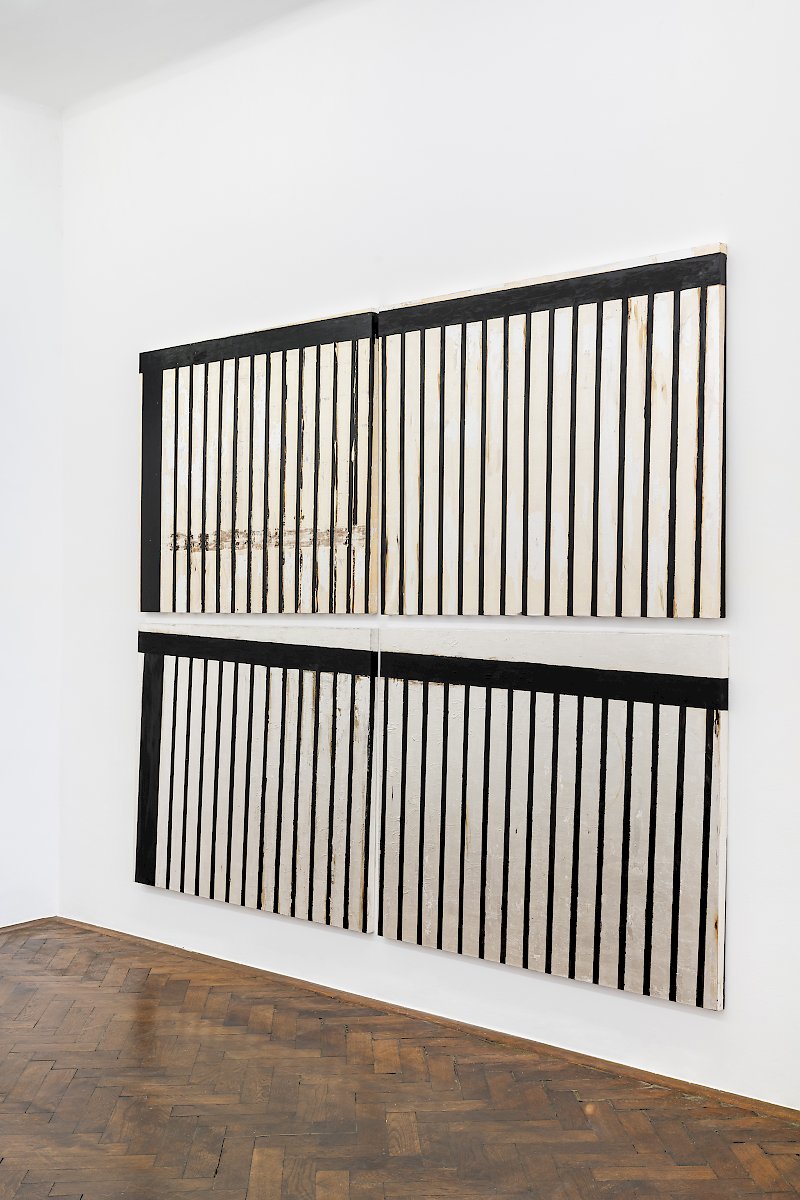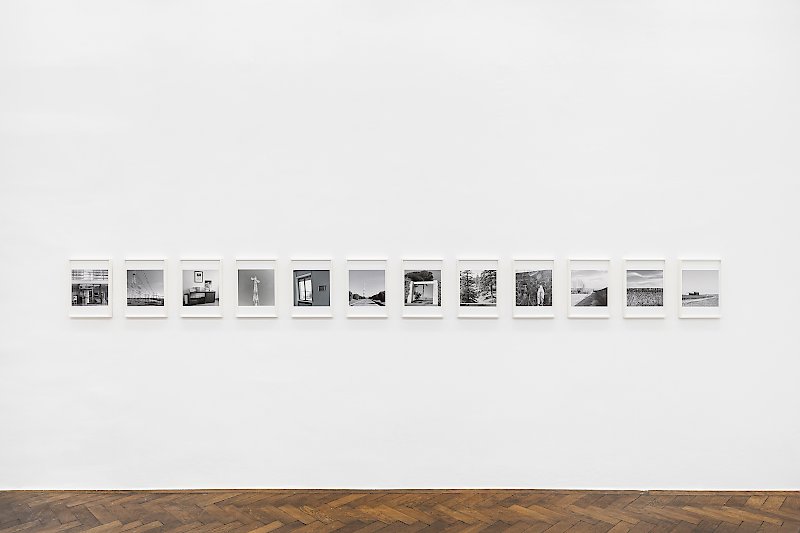July, 1970
Galerie Hubert Winter is pleased to announce the sixth exhibition at the gallery by the New York based conceptual artist/activist Mary Ellen Carroll—THEIR TABLE IS TOO LONG (IL LORO TAVOLO È TROPPO LUNGO). All of the works on view were produced in 2022 in Rome, where Carroll was the 2022 Cynthia Hazen Polsky and Leon Polsky Rome Prize Fellow at the American Academy in Rome. Carroll conducted research and executed new works to expand existing series that are anchored in seeing things as they are, and the ‘ethically imagined’ as framed by a frequent interlocutor with Carroll, the Kenyan writer Yvonne Adhiambo Owuor. The political/social compete equivalently with the ongoing work in the unsuspecting materials of infrastructure, technology, climate, and migration.
For over three decades Carroll has been investigating a single, fundamental philosophical question: what do we consider a work of art? Moving deftly among large-scale architectural interventions, experimental film, staged events, sculpture, photography, and book projects—Carroll imbues all her work with a strong performative element. The work interrogates the relationship between subjectivity, language, and power. The notion of representation and identification has always been at the core of Carroll’s œuvre as well as her dedication to a political and social critique that is consciously developed without a signature style.
The neon work SPECIAL, SUPER SEEING opens the exhibition and bridges the gap between the interior space of the gallery and the public space outside. By reading: WHICH IS—NOT IS—WHICH IS—NOT IS in its circular form and a sequential progression, the piece opens up a dialectical space in which the exhibition unfolds. Paintings consisting of silver and bitumen applied to linen induce an object-like impression. The materials provoke by design through the material specification of bitumen—a resinous derivative of oil—and silver, the works remain in a constant state of action and response. The surface of the works is subject to the prevailing conditions, thus constant change triggered by the atmosphere surrounding it. The works themselves act as a delineation of space and time at a one-to-one scale on the infrastructure of boundaries and containment, also reflecting the mirror or sides and how they are reflected in the sense of the dialectic.
One of these paintings—titled é stato così (it was like that)—is a diptych as a minor key to Natalia Ginzburg’s novel of the same title with the English translation as The Dry Heart. It is a lateral work as a commitment to act and the freedom of the will. Also layered in the work is a reference to Thomas Bernhard’s Wittgenstein’s Nephew and the autonomy of the work of art, and the life of the artist and in this regard, the rare incurable disease sarcoidosis that impacted Bernhard’s life and understanding of the space of mortality, and from which he ultimately died.
In recourse of the commissioned project PUBLIC UTILITY 2.0 that began in 2012 in New Orleans for Prospect.3, Carroll continued work on the non-visible space for radio frequency in PUBBLICA UTILITÀ DUE—focusing on radio frequency and its potential as a material and space that is intentionally architected and programmed as a twenty-first-century form of land art, albeit for the real estate of spectrum. PUBBLICA UTILITÀ DUE focuses on the policy and associative programmes for unlicensed spectrum and its potential as a public space as a medium for communication. The exhibition includes black and white photographs from the new series FM, which were taken in Santa Maria di Galeria—a main transmitter site for FM and shortwave radio broadcasting in the world. The site deployed the evolved designs developed from the first transmission of radio signals that became the model to transmit across the Atlantic for radio and then TV—disclosing the historical development from Italian communications pioneer Guglielmo Marconi and the telecommunication division of the Holy See in Rome. This extraterritorial location for transmission is still in use by broadcasters from around the world.
On the occasion of the opening, Mary Ellen Carroll invited the Austrian composer and musician Rupert Huber for the performance titled The Wrong Door—referring to the exile and the writing and life of Natalia Ginzburg—the Italian writer, politician, and anti-fascist. This will be the first public presentation of the performance in the development of a collaboration.
The Wrong Door
A performance by
Rupert Huber live
FM by Mary Ellen Carroll / MEC, studios
Rubert Hubert is an Austrian composer, music artist and musician, based in Vienna. Music by Rupert Huber is organized structures, sounds and tones for multiple known and unknown real and electronic spaces: Dimensional Music. He is also known for his group TOSCA—together with Richard Dorfmeister—releasing 14 albums over the last 20 years.









